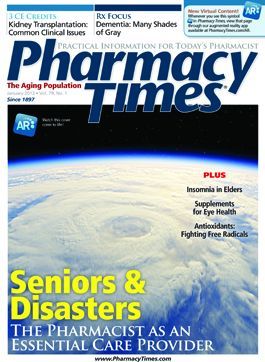CBO: Increased Prescription Drug Use Lowers Medical Cost
The Congressional Budget Office (CBO) has crunched the numbers and come to a conclusion that will have many pharmacists nodding in agreement: Increased use of prescription drugs leads to reduced medical costs. As explained in a report published in November 2012, the CBO estimates that a 1% increase in the number of prescriptions filled by Medicare beneficiaries would reduce Medicare spending on medical services by 0.2%.
The use of prescription drugs by Medicare beneficiaries jumped after implementation of the Medicare Part D prescription drug benefit in 2006 and has increased again with the ongoing expansion of the Part D benefit under the Affordable Care Act. However, based on available research at the time, the CBO did not factor in savings on medical costs due to increased prescription drug use when estimating the costs of these changes in coverage.
The new estimate of medical cost savings was based on an analysis of studies including individuals covered by employment-based insurance plans, Medicare beneficiaries before the implementation of Part D, and Medicare beneficiaries covered by Part D. Using its revised accounting method, the CBO estimates that between 2013 and 2022, expanded Part D benefits will cost the government $86 billion extra, but save $35 billion in medical costs.

